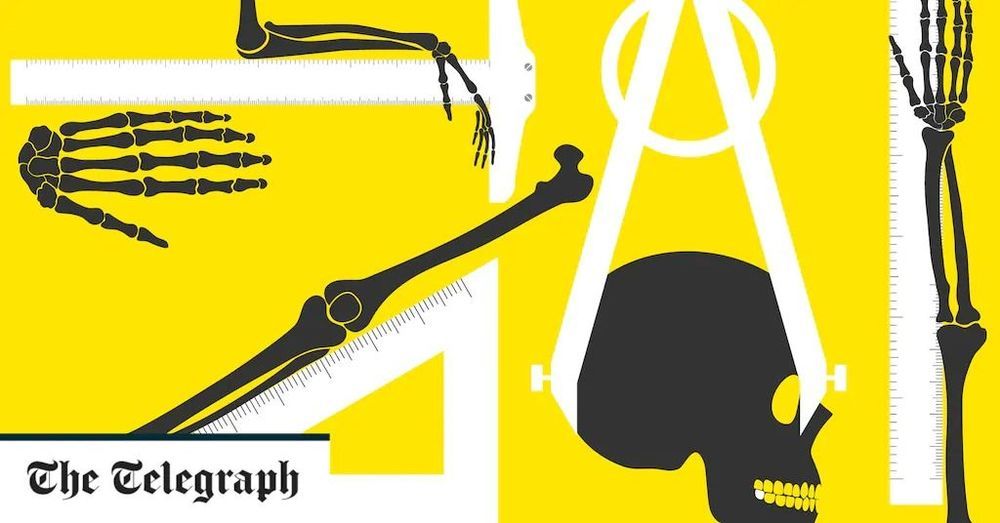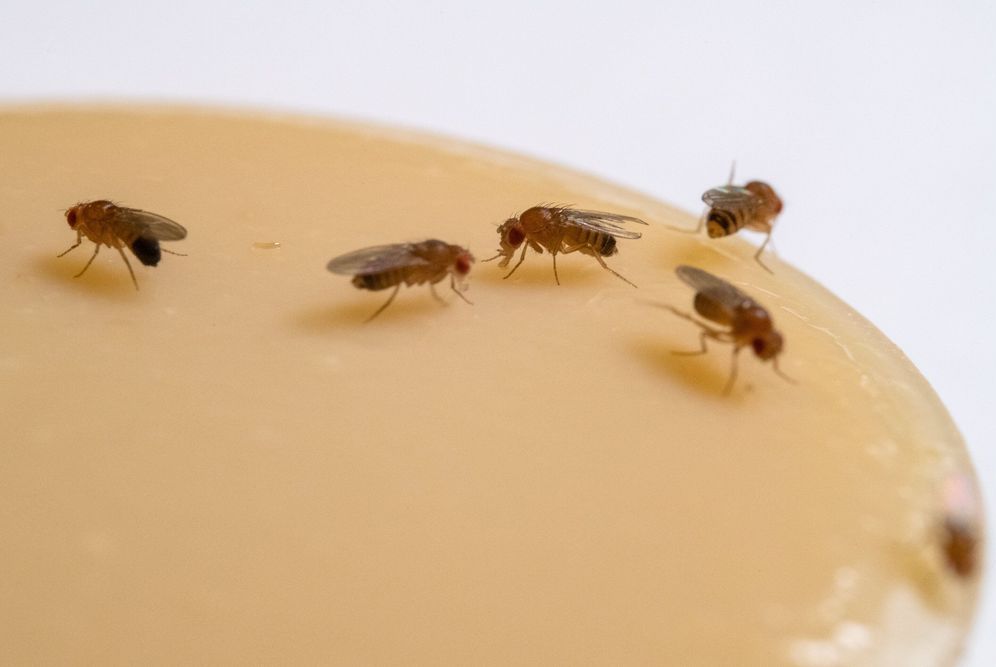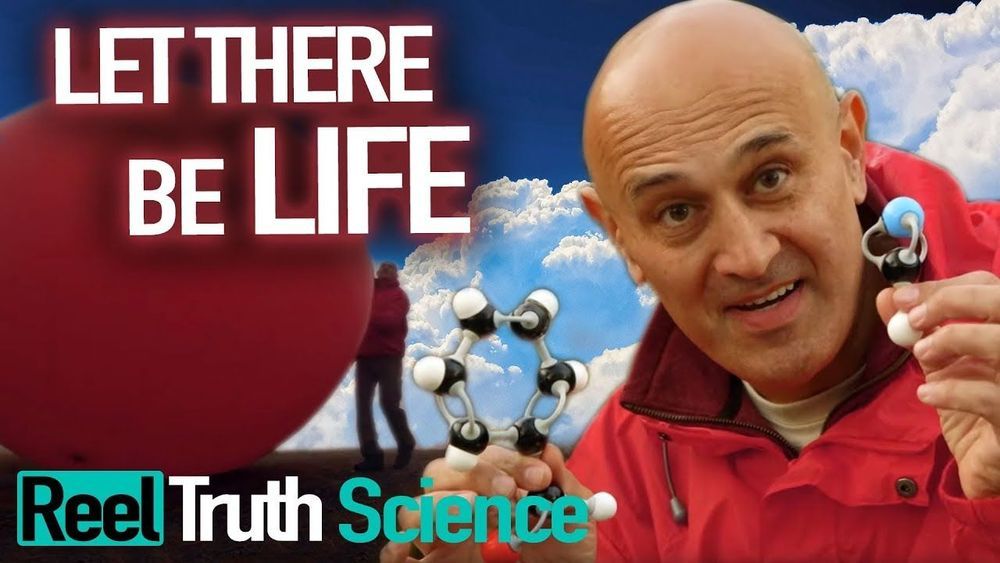Oct 19, 2020
CRISPR-induced immune diversification in host-virus populations
Posted by Genevieve Klien in categories: bioengineering, biotech/medical, evolution
Just like humans, microbes have equipped themselves with tools to recognize and defend themselves against viral invaders. In a continual evolutionary battle between virus and host, CRISPR-Cas act as a major driving force of strain diversity in host-virus systems.
A new study led by Professor of Life Sciences Shai Pilosof (Ben-Gurion University of the Negev, Beer-Sheva, Israel), Professor of Microbiology Rachel Whitaker (University of Illinois Urbana-Champaign), and Professor of Ecology and Evolution Mercedes Pascual (University of Chicago) highlights the role of diversified immunity in mediating host-pathogen interactions and its eco-evolutionary dynamics. The study also included Professor of Bioengineering and Bliss Faculty Scholar Sergei Maslov (University of Illinois Urbana-Champaign), Sergio A. Alcal´a-Corona (University of Chicago), and Ph.D. graduate students Ted Kim and Tong Wang (University of Illinois Urbana-Champaign).
Their findings were reported in the journal Nature Ecology & Evolution.

















